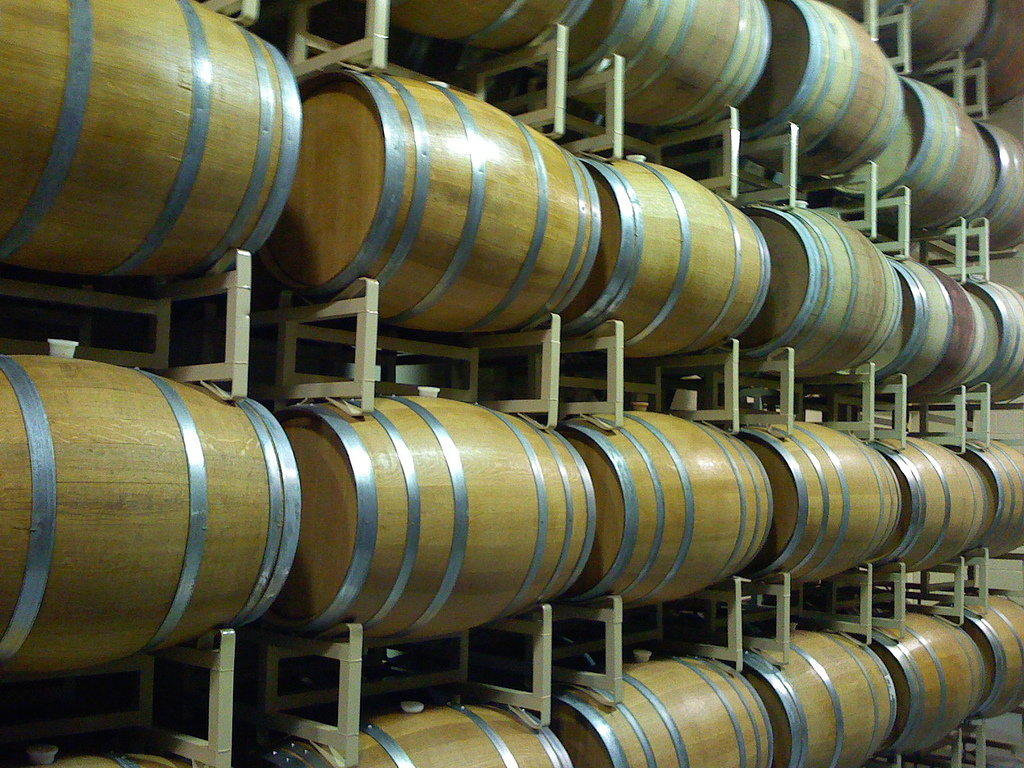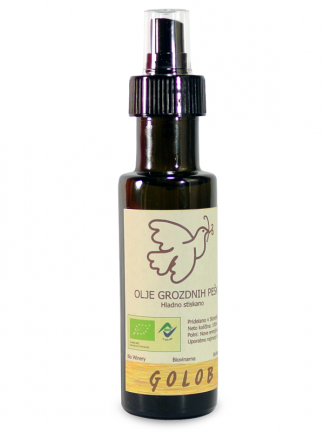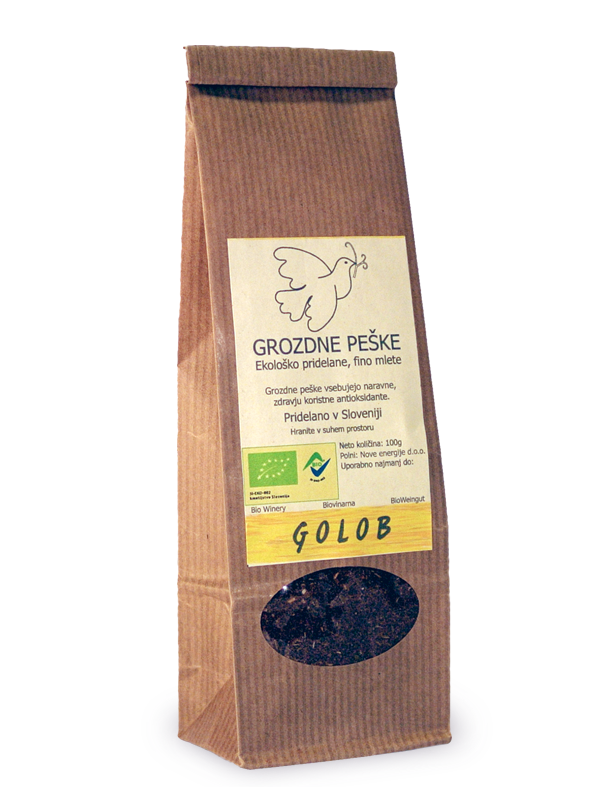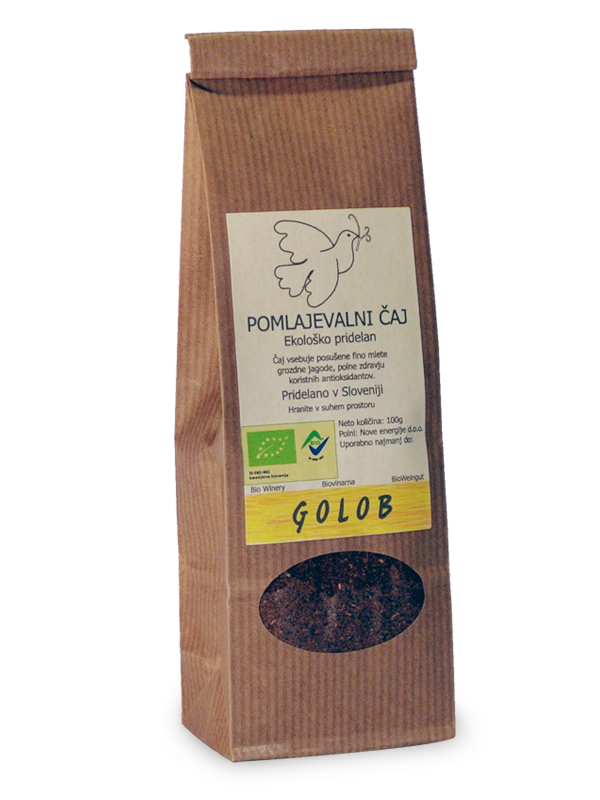Sulphur dioxide, though used for thousands of years, is still regarded as the most important additive in modern day winemaking. History indicates that the compound was first used by Roman winemakers over 2000 years ago, who recognized that if sulphur candles were first burnt inside empty wine containers, then the wine they held would last longer, keep their colour and not take on a sour vinegar-like taste. Today, sulphur dioxide is usually added in the form of sulphite or bisulphite, and it plays many roles in the making of rich, distinctive wines.
One of the most important uses for sulphur dioxide is to help prevent wine spoilage by bacteria and oxidation. Due to its significant antibiotic and antioxidant properties, the compound is very effective in maintaining wine freshness. Without the additive, wines would only last a few months. Sulphur dioxide’s antimicrobial action is also instrumental is preventing the development of volatile acidity (VA), which is essentially the act of turning wine into vinegar. It accomplishes this by inhibiting the activity of bacteria, yeast and other microbes. While volatile acidity is a part of the fermentation process and has even been described as a part of the character of old Italian wines, too much VA can definitely ruin the flavour and aroma of even the most excellent wines. Continue reading The Pros and Cons of Using Sulphur Dioxide in Winemaking



